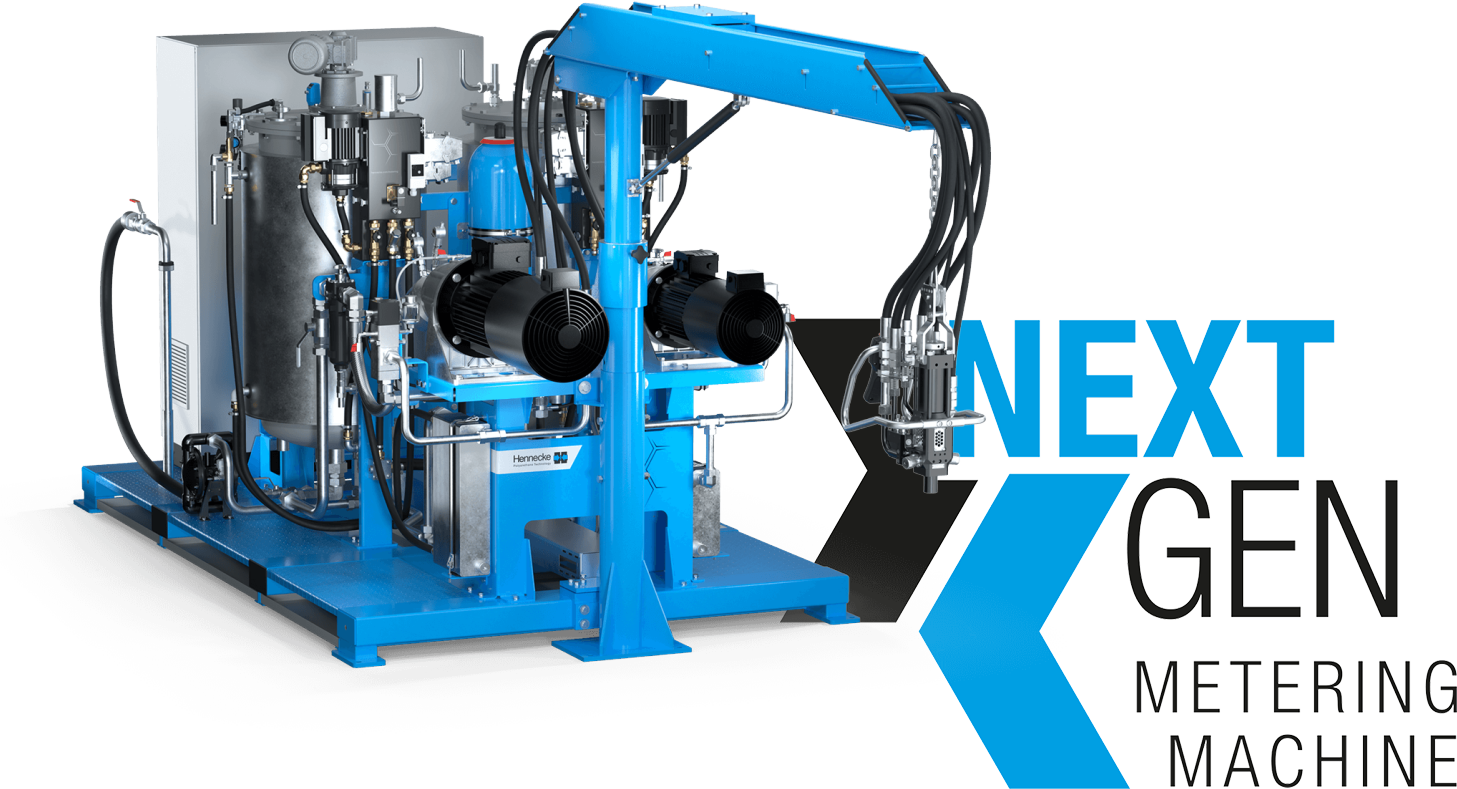Hennecke's participation at this year's JEC trade fair in Paris, the most important specialist trade fair for fibre composites, was more than satisfactory. Hennecke's presence at the trade fair focused on product innovations in the area of wet shots. Amongst other things, the composite specialists presented a new wide shot dispenser for the wet shot process. This has been optimized with regard to ease of maintenance and offers outstanding new technical functions. Hennecke was particularly delighted with a successful transaction for a combined production plant for wet shot and HP-RTM applications secured with the Chinese composite enthusiasts from PGTEX.
PGTEX has set itself the target of developing the best fibre composites in the world in order to be able to offer customized composite solutions to the market. This investment in the first company-wide multi-functional production plant for HT-RTM and wet shot applications perfectly fits the bill. Hennecke is therefore particularly proud that PGTEX has selected a German machine and plant manufacturer from Sankt Augustin. The plant will be put into operation in the PGTEX factory near Shanghai, where production will start next year in conjunction with a 3600 tonne Schuler press. PGTEX has far-reaching plans in the electric mobility sector. Headquartered in Changzhou, the company has been given the task of developing a hybrid carbon fibre / glass fibre reinforced plastic (CFRP/GFRP) hybrid car body for a Chinese electric car and putting it into large-scale production. PGTEX can exploit its extensive competence in the production process. The Chinese high-tech company has been producing fibre glass reinforced plastics and the corresponding fabrics for many years.
PGTEX will be supplied with Hennecke's newest plants and process technologies. The heart of the production plant is the high-pressure STREAMLINE metering machine which Hennecke has already successfully supplied and put into operation over fifty times across the world. Here the modern metering system is fitted with a multipoint hydraulic gauge. This enables two mixheads to be connected within the plant. The first mixhead is applied as a HP-RTM mixhead and is fixed to a mould inside the press to inject the reactive material directly into the closed mould and thus infiltrate the fibre fabric. The second mixhead is fitted with the aforementioned wide shot dispenser and is controlled by a robot which in turn allows a resin to be automatically applied to the fibre fabric outside the press. As is typical for Hennecke plants, the output system is particularly easy to service. For example, an automatic raw material ejection process supports the user in case an injector is blocked by reacted raw material inside the nozzle.
Thanks to the use of two mixheads, the customer can switch between the two technologies in a short changeover time and produce different fibre composite components on one plant. Whilst the HP-RTM process is primarily used for producing complex 3D components, the wet shot process is designed for the efficient production of extensive and less complex fibre composite components. Therefore this guarantees the highest level of Page 3 of 3 flexibility for the production at PGTEX. PGTEX and Hennecke's successful transaction at JEC has laid the foundation stone for a long-term partnership.


















